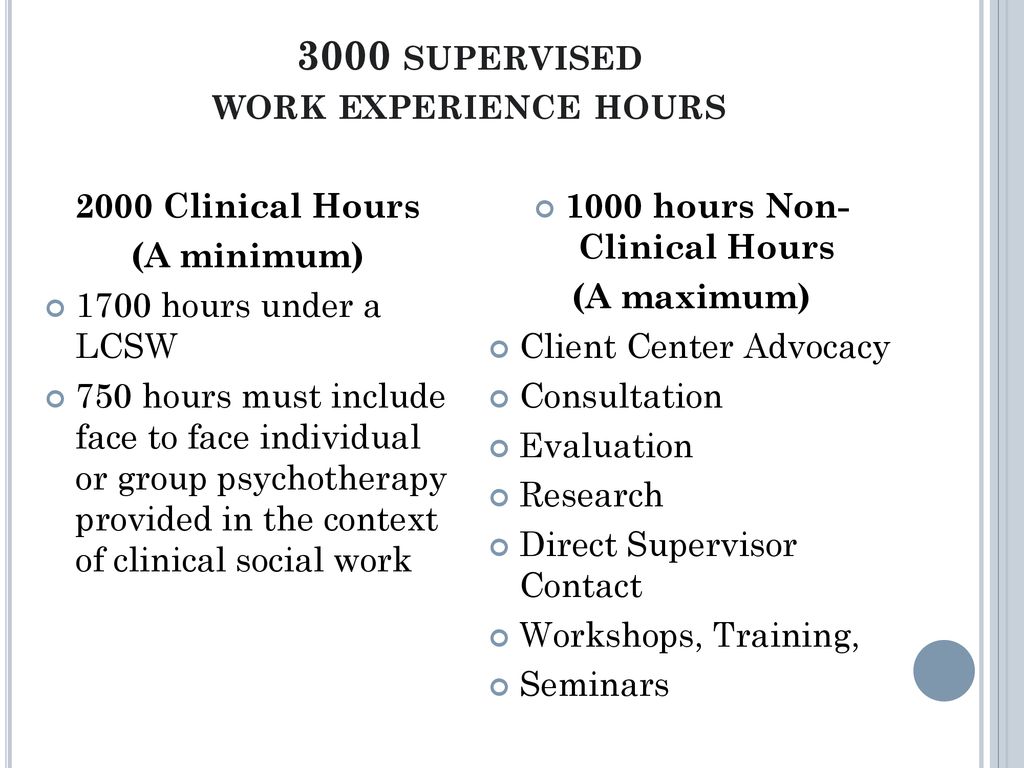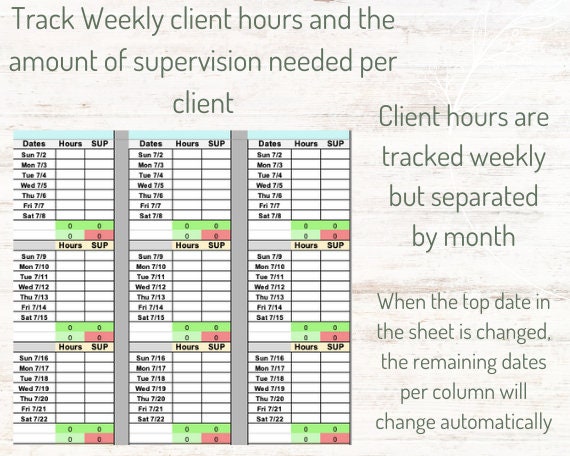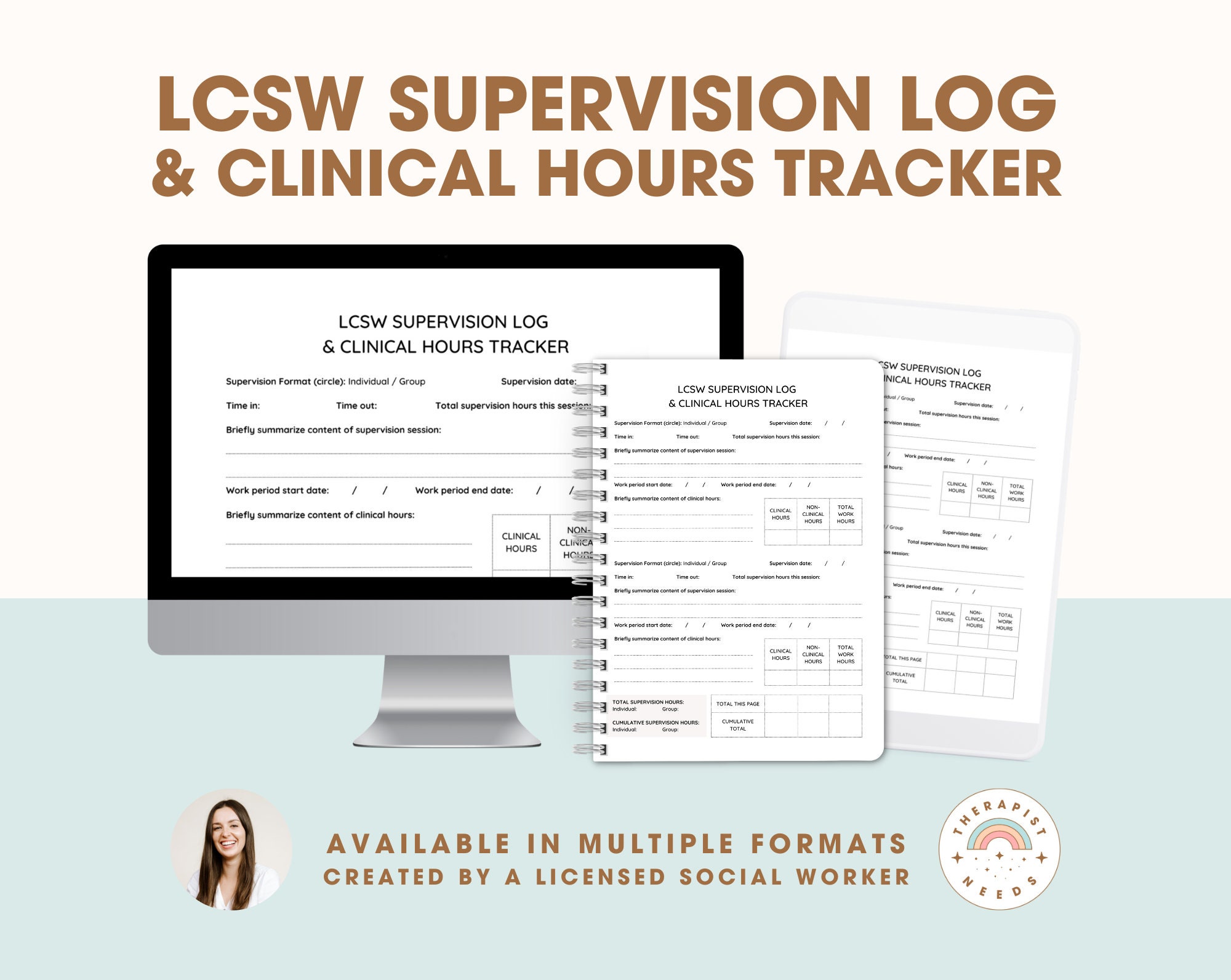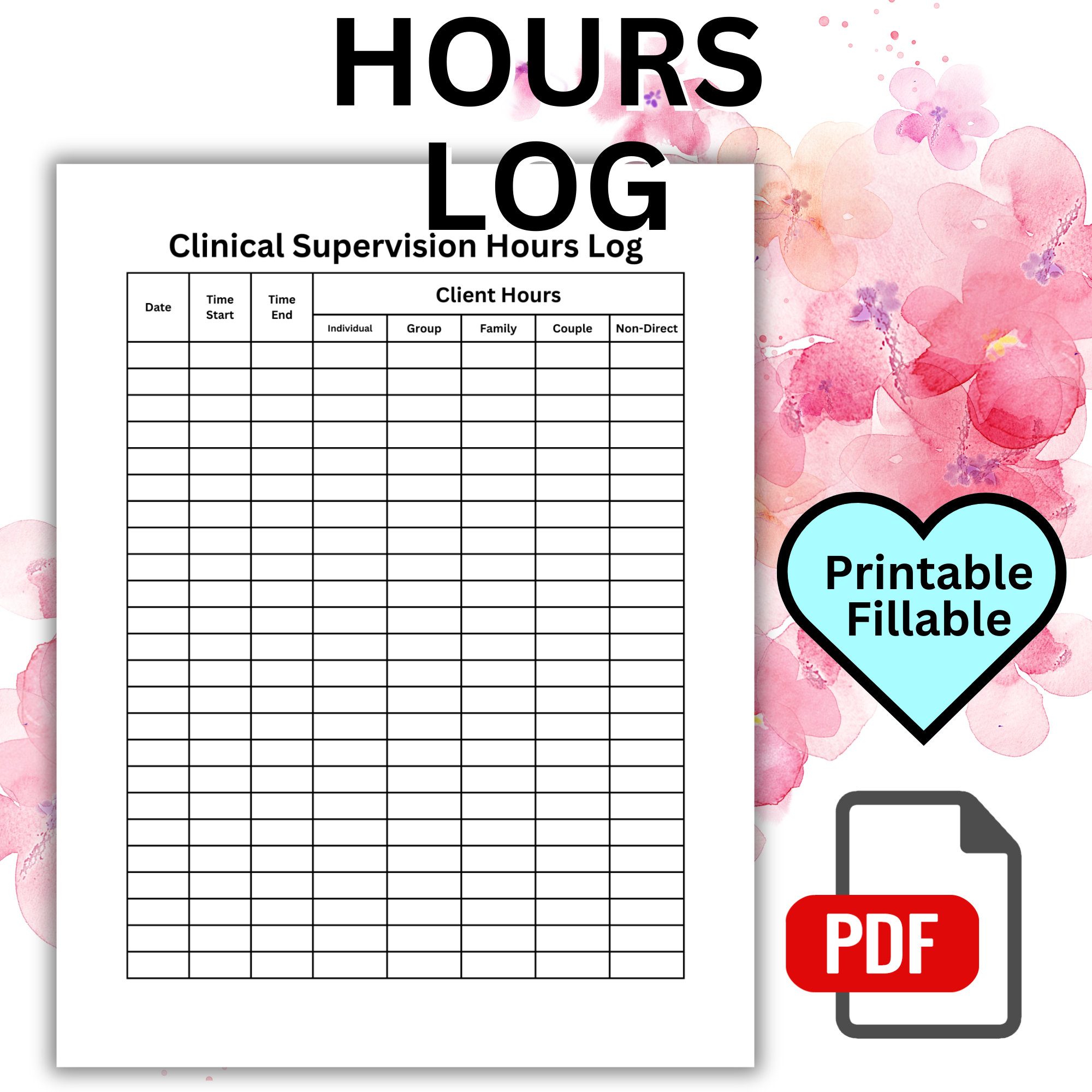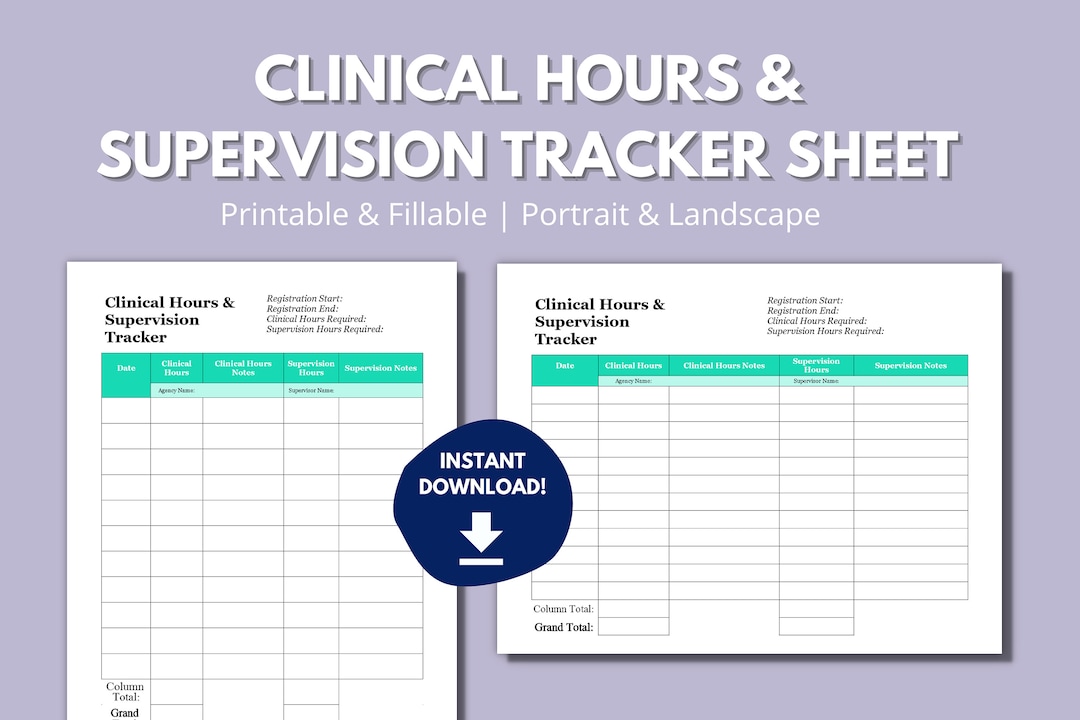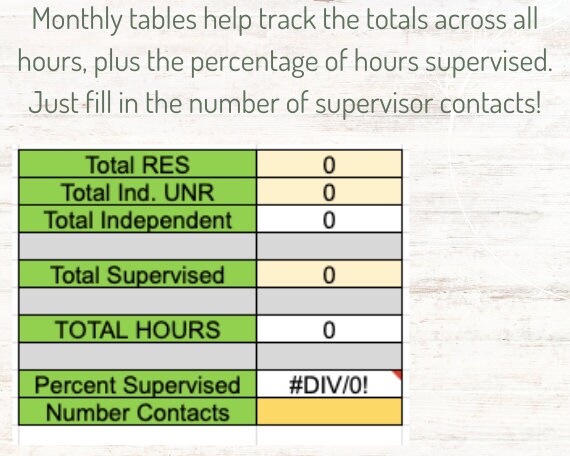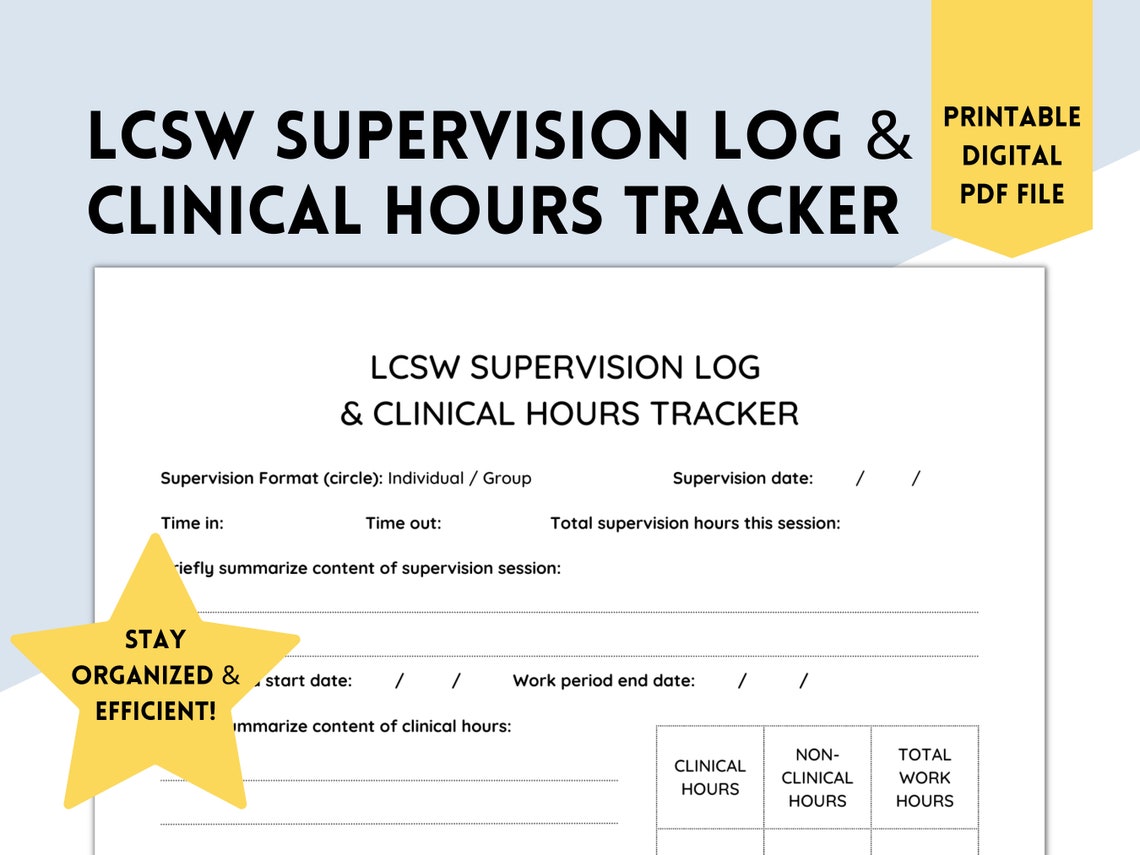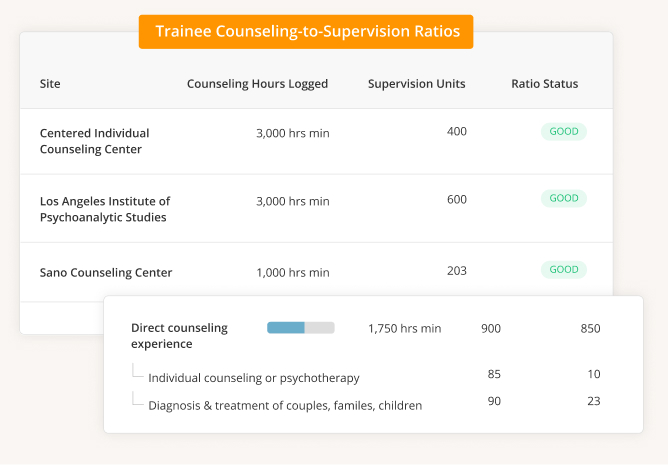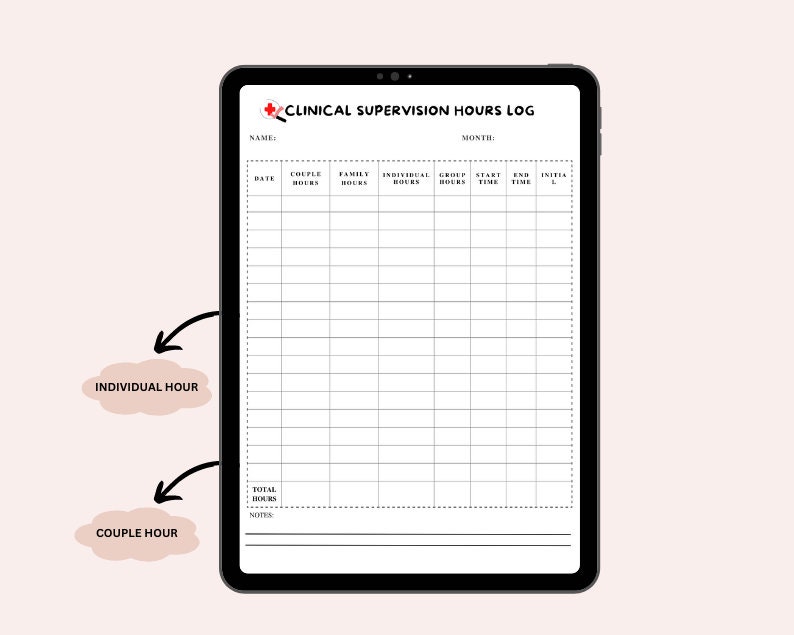How Long Does It Take To Get 3000 Supervised Hours

The path to becoming a licensed professional in many fields, particularly in mental health, often hinges on accumulating a significant number of supervised hours. For aspiring therapists, counselors, and social workers, the quest for 3,000 supervised hours is a critical, often arduous, undertaking. The time it takes to achieve this milestone varies dramatically, impacting career timelines and earning potential.
Understanding the factors influencing this timeline is crucial for both individuals planning their career trajectory and institutions responsible for training and licensing them. This article delves into the variables affecting the accumulation of supervised hours, exploring typical durations, common challenges, and strategies for efficient progress. We examine data from licensing boards, academic institutions, and practicing professionals to provide a comprehensive overview of this pivotal stage in professional development.
Factors Influencing the Timeline
Several factors significantly impact the time it takes to accrue 3,000 supervised hours. These include the specific licensing requirements of the state or jurisdiction, the availability of suitable supervision, the nature of the employment setting, and the individual’s dedication and circumstances. A clear understanding of these elements is essential for accurate planning and realistic expectations.
State Licensing Requirements
Licensing requirements differ substantially from state to state. Some states mandate a specific number of direct client contact hours, while others focus on the overall number of supervised hours. Variations also exist in the required ratio of supervision to direct client contact, further influencing the overall timeline.
For instance, California's Board of Behavioral Sciences requires 3,000 hours of supervised experience for licensure as a Marriage and Family Therapist (MFT). Compare this to other states with varying requirements, and the impact on the timeline becomes immediately apparent.
Availability of Supervision
The availability of qualified supervisors is a crucial determinant. Supervision is often costly and finding a supervisor who aligns with one's therapeutic approach and offers consistent availability can be challenging. Limited access to affordable and appropriate supervision can significantly extend the time needed to accumulate required hours.
Furthermore, some agencies may have limited capacity for providing supervision, creating a bottleneck for aspiring professionals. Competition for supervision slots can be fierce, especially in densely populated areas or specialized fields.
Employment Setting and Workload
The type of employment setting plays a significant role in the rate of hour accumulation. Working in a high-volume clinic or agency with a large client base typically allows for faster accumulation of direct client contact hours. Conversely, roles in administrative or research positions may offer limited opportunities for supervised practice.
The workload itself can be a factor. Individuals working part-time will naturally take longer to reach the 3,000-hour mark compared to those in full-time positions. Personal circumstances, such as family responsibilities or other commitments, can also influence work availability and therefore, the timeline.
Typical Durations and Challenges
While individual experiences vary, general patterns emerge in the time required to accumulate 3,000 supervised hours. These patterns are shaped by the factors previously discussed, and understanding them can help aspiring professionals prepare for the journey ahead. However, challenges can and do arise, impeding progress and requiring proactive solutions.
Average Timeframe
Based on data collected from various licensing boards and professional organizations, the average timeframe for accumulating 3,000 supervised hours ranges from two to four years. This assumes full-time employment and consistent access to qualified supervision. Part-time employment can extend this period considerably, potentially adding one to two years or more.
Some individuals, particularly those working in high-demand settings and receiving frequent supervision, may complete the requirement in as little as two years. Others, facing limited opportunities or part-time work, may take closer to five years or more.
Common Challenges
Several challenges frequently arise during the supervision period. Financial constraints are a significant barrier, as supervisors typically charge a fee for their services. Difficulty finding a suitable supervisor, dealing with demanding caseloads, and navigating bureaucratic processes can also contribute to delays.
Burnout is another common challenge. The demands of accumulating supervised hours while simultaneously working can lead to stress and exhaustion. Maintaining a healthy work-life balance and seeking support are crucial for preventing burnout.
"The biggest challenge was definitely the financial burden of supervision," says Sarah Miller, a recently licensed therapist. "Finding a supervisor I could afford and who was also a good fit for my therapeutic style took time and effort."
Strategies for Efficient Progress
While accumulating 3,000 supervised hours can be a lengthy process, there are strategies to optimize progress and minimize potential delays. These strategies involve careful planning, proactive networking, and a commitment to professional development.
Planning and Preparation
Thoroughly research the licensing requirements in your state or jurisdiction. Understand the specific rules regarding direct client contact hours, supervision ratios, and acceptable supervisors. Develop a clear plan outlining your timeline and the steps needed to achieve your goal.
Consider creating a spreadsheet or using a project management tool to track your hours and ensure compliance with licensing regulations. This proactive approach can help prevent surprises and streamline the application process.
Networking and Mentorship
Attend professional conferences and workshops to network with potential supervisors. Join professional organizations and connect with experienced practitioners in your field. Seek mentorship from senior colleagues who can provide guidance and support.
Building a strong professional network can open doors to supervision opportunities and provide valuable insights into navigating the licensing process. These connections can also offer emotional support and encouragement during challenging times.
Maximizing Opportunities
Seek out employment opportunities that offer ample opportunities for direct client contact and supervision. Consider volunteering or working in community mental health agencies, where the need for qualified professionals is often high. Advocate for your needs with your employer and supervisor to ensure you are receiving adequate support and opportunities for growth.
Be proactive in seeking out diverse clinical experiences to broaden your skills and enhance your resume. This will not only benefit your professional development but also make you a more competitive candidate for future job opportunities.
Looking Ahead
The accumulation of 3,000 supervised hours remains a crucial step in the path to licensure for many professionals. While the timeline can vary significantly, understanding the influencing factors, anticipating challenges, and implementing proactive strategies can help aspiring professionals navigate this process more efficiently. Changes in regulations, technology and access to supervision will continue to shape this path.
As the demand for mental health services continues to grow, there is a need for increased access to affordable and high-quality supervision. Innovative approaches, such as online supervision platforms and group supervision models, may help address this challenge. Advocating for policy changes that support aspiring professionals and reduce barriers to licensure is also crucial.
Ultimately, the journey to 3,000 supervised hours is not just about meeting a requirement; it is about developing the skills, knowledge, and ethical framework necessary to provide competent and compassionate care. Embracing this process as an opportunity for growth and learning will serve aspiring professionals well throughout their careers.
